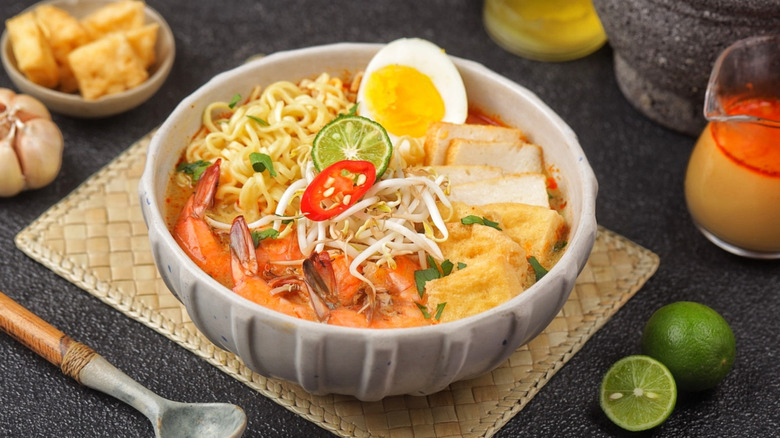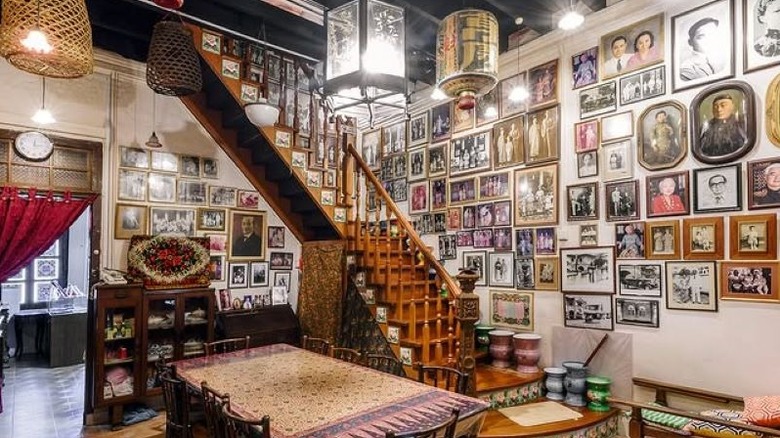In Singapore, venturing to lesser-known districts rewards travelers with both great sights and fantastic bites. It’s certainly the case for Katong-Joo Chiat, a hidden gem packed with family-run restaurants that have filled visitors with delicious and inexpensive food for centuries. Singapore’s diverse cuisine makes it one of the top culinary destinations in Asia, and the Katong area will leave you with no doubt as to why.
Katong-Joo Chiat’s enchantment is the result of it oozing with colors coming from its street markets and its Peranakan heritage buildings. The neighborhood is home to a strong Peranakan community, which consists of Straits-born people of Chinese, Malay, or Indonesian heritage. In Singapore, the term is generally used to mean mixed-heritage people. With a rich and diverse community comes a variety of unique experiences, from unmissable home-hosted museums to antique shops and houses filled with kaleidoscopic trinkets.
Maybe you’ve already visited this neck of the woods to witness spectacular lunar year celebrations, and are now curious about what’s on the other side. You can easily reach Katong-Joo Chiat in 25 minutes on the bus from Singapore’s central station of Brang Basah. Alternatively, you can hop on the metro or bus for about 40 minutes if you’re coming directly from the airport, and you want this to be your first bite of the dazzling metropolis.
Katong-Joo Chiat is packed with restaurants maintaining culinary traditions alive
Once a British trading port, Katong-Joo Chiat has retained its coastal importance but shifted its economy from foreign trade to local hospitality. Its rich history welcoming people from across the globe has made it an intriguing multicultural spot, where Singaporian cuisine meets Peranakan flavors. Often, that involves Chinese cooking techniques adapted to ingredients and flavors of the Straits. The best place to start your culinary tour of Katong-Joo Chiat is Kim Choo Kueh Chang. This famous dumpling shop is a staple of Peranakan cuisine, and worth a stop for delicious rice dumplings (called ‘nonya’), which are glutinous, savory, and oozing with tangy pork or beef filling in a rich sauce.
After you have indulged in dumplings, make sure you save space for a steaming-hot bowl of laksa. A delicacy originally from Malaysia and Indonesia, this dish has become an adoptive culinary heritage of Singapore, granting it the name of Katong Laksa. 71-year-old chef George is the last of a generation of cooks who have perfected the recipe at George’s Katong Laksa since the 1970s. The dish typically features rice noodles, chicken, prawn, and is doused in hot sauce with coconut milk.
You can’t leave Katong without trying popiah, a thin and crisp ‘dough skin’ filled with all sorts of delicious ingredients, from chilli crab and crispy tofu to a-char, and sambal chilli. Popiah skin takes real skill to make, with its technique often passed from father to son for generations. That’s the case for Kway Guan Huat, a local gem based out of a food cart. Its popularity and longevity has earned it the title of ‘Singapore’s original popiah shop’.




